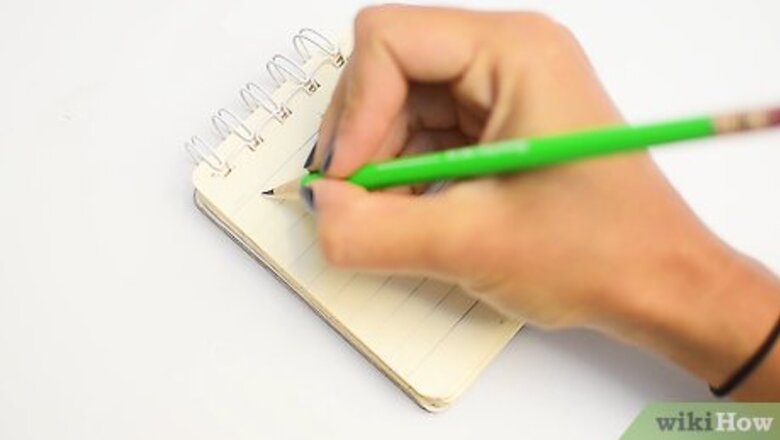
views
X
Research source
If you want to make your own manga and maybe be a professional mangaka, the start can be a bit daunting. But don't be discouraged—with a bit of planning you can create your own unique storyline with all of your own cool characters!
Creating Your Characters and Settings
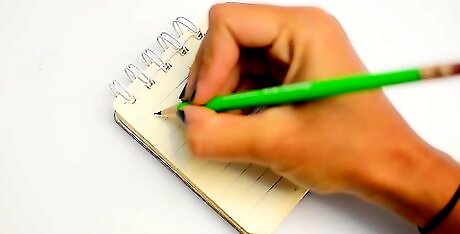
Create your character profiles. Start by writing down some of the character's personality characteristics and physical attributes and then draw from there. Ask yourself questions. Does your character have powers? Friends? Relatives? Siblings? Are they a main character or side character? Use your favorite manga characters for inspiration. If you have a visual character idea, start with that and then move on to writing the character's personality traits next to it. First, look for a concept. Then think about how the plot will work. Usually, that involves structure and character, which mostly go together. There should be something that gets in the way of the character. You can include an antagonist or circumstances that get in their way.
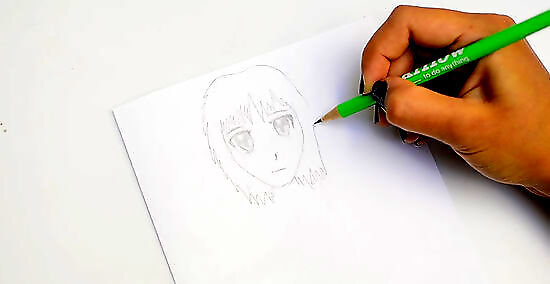
Draw your characters. Create a basic face shape to start and then start drawing the ears, eyes, nose, and mouth. Remember that manga characters have very expressive eyes—experiment with their size and shape. Be sure to give eyes light reflections in the form of 2 ovals: a small one near the top of the eye covering primarily the iris and a bit of the pupil, and another smaller oval on the other side of the eye covering the spot where the iris touches the white part of the eye. Try giving males a smaller iris, which typically creates a more masculine look.
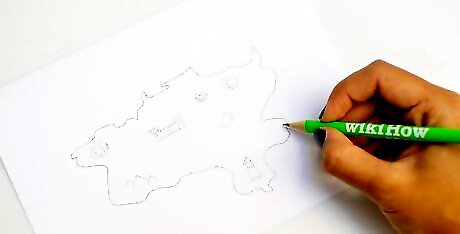
Choose a setting for your story. If you're having trouble, start drawing a map of the world you want to create. For example, if you're creating a post-apocalyptic shonen, start writing down some town locations. Afterward, mark off some forests, mountains, and other locations where you can place some fight scenes. Always consider your genre before creating your setting. Look at other similar manga and see what kinds of settings are commonly used. Consider your characters as you create your world. For example, ask yourself where each character currently resides and where they were born.
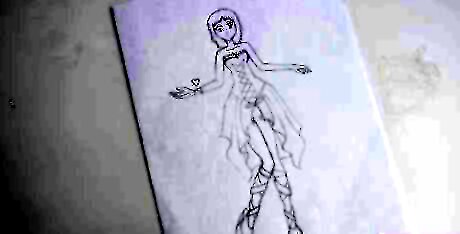
Flesh out a story outline. Create a storyline that accommodates your characters. Change your characters' goals, personalities, and motivations as you flesh out the story. Start with your setting and genre and then get specific. Decide who the important characters are, the main plot, and how it relates to your setting. Determine the main conflicts, mysteries, challenges, and twists. Don't be afraid the change story points and characters as the story develops.
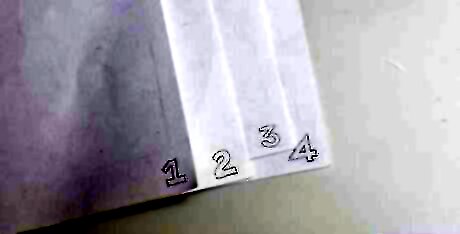
Break your storyline into manga volumes. Each manga chapter is about 19 pages, although the introduction chapter is usually 15. A volume of manga is about 150 pages, which is around 5 chapters. Since there are about 4 pages per scene, that gives you about 5 scenes per chapter. Start writing down all of your main story events and points and group them into specific scenes. Afterward, group the scenes into chapters, and the chapters into volumes.
Deciding on a Theme
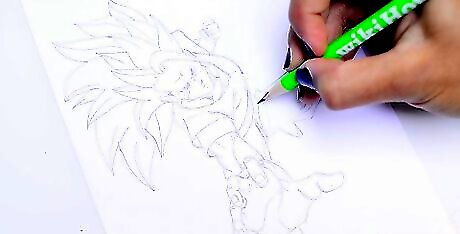
Create an action manga if you want to focus on fight scenes. Also known as shonen or shounen—which refers to a boy at high school or elementary age—these comics are best known for brief dialogue, lots of character movement, and plenty of battles. If you prefer to draw more than create a story, start with an action manga. Some of the most well-known action manga are Naruto, Dragonball Z, One Piece, and Sword Art Online. Narratives in action manga are often told through flashbacks. Action manga speech is often characterized by intense, fast words such as character names and attack names. If you're writing a Japanese manga and have a limited understanding of the language, make an action manga. In recent years, shonen with female protagonists have become more common.
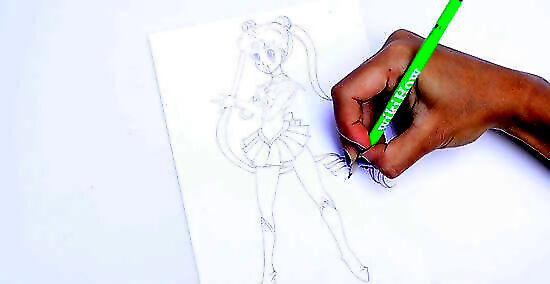
Make a magical girl manga if you want a good-versus-evil story. These are pretty self-explanatory and feature young girls that turn into superheroes—often by means of a magical object—to fight an evil force. Typically, these girls are prepubescent or just entering womanhood. Although they feature fight scenes and lots of action, they also focus strongly on themes of friendship, life lessons, falling in love, and growing up. Magical girl manga fall into the shojo category, which means they are aimed at a young female audience. Common magical girl manga are Sailor Moon and Powerpuff Girls Z.
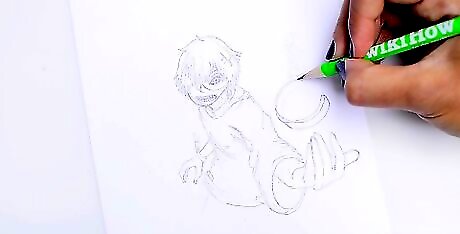
Craft a seinen manga if you prefer a focus on dark, mature stories. Seinen manga are counterparts to shonen and while some share similarities, they focus on darker stories and themes like politics, action, fantasy, science fiction, sports, relationships, and comedy. They are more violent and psychological than typical shonen action manga and sometimes have pornographic content. Try a seinen if you want your fight scenes mixed with dark storylines and characters. Common seinen manga are Ghost in the Shell, Tokyo Ghoul, Berserk, Gantz, and 20th Century Boys.
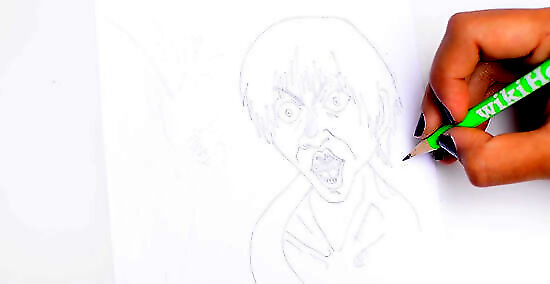
Draw a comedy manga if you want to focus on jokes and real-life settings. Comedy manga are the most verbose and thus require a firm grasp of the language you're writing in. The pacing of speech bubbles are faster, but much more relaxed than action anime due to the focus on conversation rather than short, emotional bursts. Select the jokes you want to focus on: clean jokes, parody jokes, romance/comedy jokes, and/or dirty jokes. Comedy manga can take place anywhere you like, but are most often in real-life settings, such as high school. If you'd rather a more magical setting, consider an action manga.
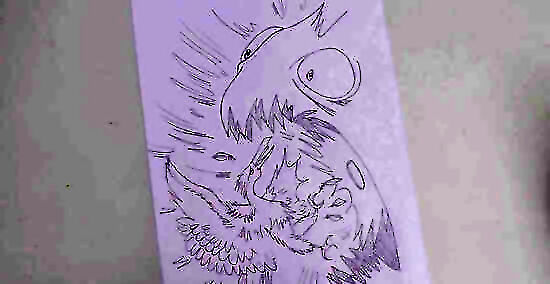
Make a monster battle manga if you like action and animals. The monster battle genre is best known for manga like Pokemon and Digimon. It focuses on training and battling monsters—which often uses everyday animals as the base of their design—within a quest or adventure. Often, the main characters are young boys and the story focuses on their journey to create a strong collection of monsters.
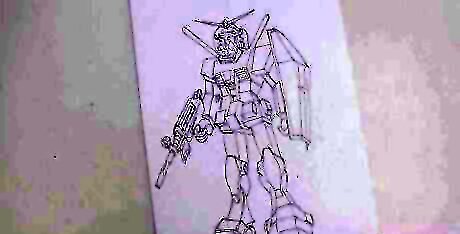
Create a mecha anime if you like action and robots. The word mecha comes from the word mechanical, and these manga focus on pilotable robots. In some cases, they take human shape, but this isn't a given. Some of the most well-known mecha anime are Gundam, Neon Genesis Evangelion, and Knights of Sidonia. At the end of the day, you can do lots with this kind of manga—comedy, horror, action—but if it has a setting or plot with pilotable robots at the center, it's considered a mecha. Consider drawing robots that are made from several smaller robots to make a "super robot."
Crafting Your Layouts
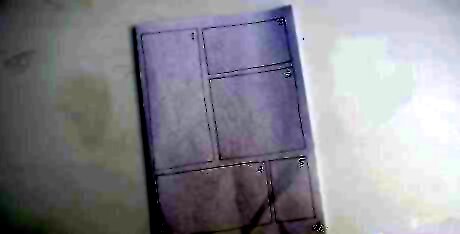
Decide on a reading direction. Traditional Japanese manga reads from the top to the bottom, moving vertically from the right to the left. If you want to stick to the roots of manga, use this reading direction. If you don't care, you can do the common English reading direction, which is moving vertically from left to right. Ask yourself who your audience is. For example, if you're writing your manga in Japanese, consider making your comic read right-to-left. Whichever reading direction you choose, make sure you stick with it—there's no changing your mind after!
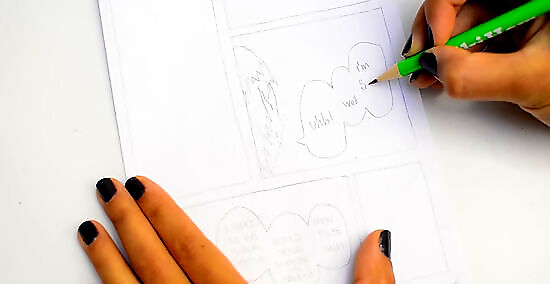
Create 3 speech bubbles per panel and 5 panels per page. Manga is much more fast-paced than traditional Western comics. This means there are more pages with fewer panels and less text. In general, you should have no more than 3 speech bubbles in each panel and an average of 5 panels per page. In general, stick to about 4 pages per scene. Always separate panel groups by a space of ⁄4 to ⁄2 inch (0.64 to 1.27 cm), which is called the panel gutter. Be sure that the small panel gutters within each panel grouping don't align with the gutters in other panel groupings.
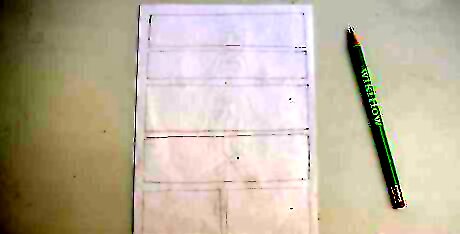
Use 4 long rectangular panels for short, comedic panels. This is the most simple type of panel layout and is best suited for a specific story or scene that is contained to one page. It works best when trying to create simple humor, although it can be used for any scene that requires a uniform and basic presentation. When using this layout, use the first panel to set the scene, the second to create the event that creates the climax, the third for the climax, and the fourth as the reaction or conclusion of the scene.
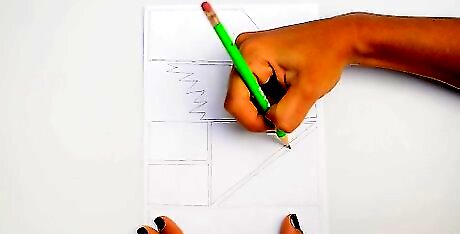
Increase the number and variety of panels for action scenes. Since action scenes have more character movement and changes in direction, you should use an increased number of panels and variation in shape to give them a dynamic feeling. For example, use 3 small panels for a punch: the first showing the character's angry eyes, the second showing his arm pulled back, and the third showing his fist hitting the opponent. You can even make the third panel a zig-zag border to add emphasis. Replace square and rectangular panels with triangles or unique zig-zagging borders to create a dynamic feeling. Use smaller panels to focus on the action rather than the setting, which is typically unimportant for these scenes.
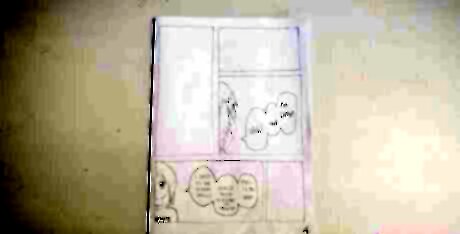
Use large, simple square or rectangles for conversation. When an important conversation is taking place, the dialogue boxes are usually more important than the pictures. Use simple, large panels to capture all the words while keeping the reader's focus on the characters. Make sure the panels are big enough to show character faces and reactions. Change viewing angles to make the conversation dynamic and keep the reader interested. Minimize the number of dramatic changes between panels to keep the focus on the words. Don't use speech bubble tails to indicate the character speaking. Instead, place the bubbles close to the speaker and—if necessary—use slang to make it obvious who is speaking. Create spiky outlined bubbles for yelled words and hazy bubbles for a character's thoughts.
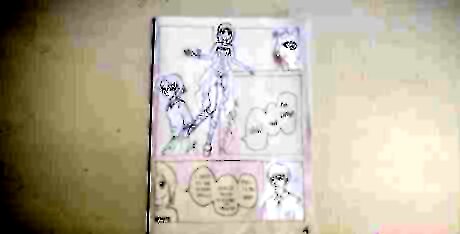
Draw large spreads for unique images and settings. Any image that spans 2 or more pages is usually used to show a detailed image or setting. Use these scenes to give the reader a broader sense of characters or settings. For example, an action manga that starts off with a fight between 2 characters can begin with a 2-page spread that shows that giant forest or mountain that the characters are battling in. Use large panels to start your manga or break up a fast-paced fight or small panels. For example, create a large, connected image to shock the reader or contrast a close-quarters fight.
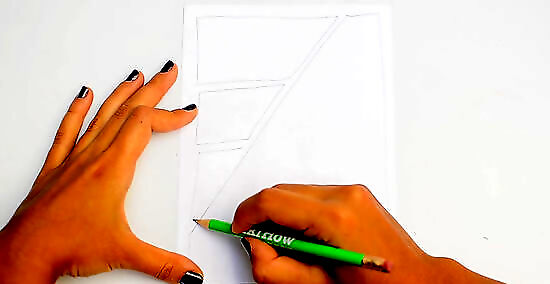
Toy with dynamic panel layouts. Manga is cinematic and isn't limited to traditional panel rows. Try out unique panel layouts that cover the entire width or height of the page. You can also use diagonal lines, hazy outline patterns, or characters that break free from the panel. Fade your panels in and out for dramatic storytelling. Read your favorite manga and emulate their dynamic panel layouts. Use dynamic panels to showcase different viewpoints, bird's-eye viewpoints, and low-to-high panel angles. Think of each panel as a camera angle.
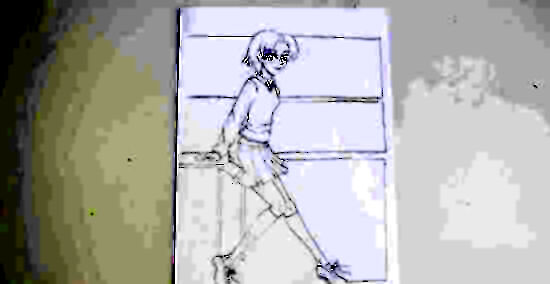
Create motion in characters and backgrounds. Unlike standard superhero comics – which have fully inked characters—manga use blurring limbs with motion, backgrounds made of speed lines, and emphasis lines originating from the point of impact. All of these techniques can be used to create the feeling of motion.
Use mood backgrounds and visual grammar. Try using abstract backgrounds and visual grammar to match and express the emotions of the characters. For example, if one of the characters in your magical girl manga is having thoughts of her crush, make the background flowers to express budding romance. In terms of visual grammar, you can use drops of sweat to express nervousness. If you're making a shonen, make the background flames during a powerup or scene where the character is angry. Create swirling knots and black shadows if your character is in a psychologically dark place. Use a hash mark on the forehead for someone angry or a group of spirit wisps when a character is sad. Combine mood backgrounds and visual grammar or use them separately. Hirohiko Araki Hirohiko Araki, Manga Artist You must infuse your work with passion, imagination, and a personal vision. Immerse yourself in the medium, study the masters, and develop your own style through constant practice. Manga thrives on creative freedom - follow your inspiration wherever it leads.


















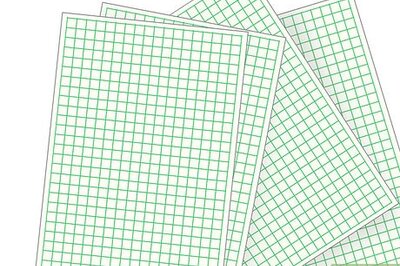
Comments
0 comment